- Home
- Multimedia
- Photo Gallery
- Hunger management: Stemming colossal food waste
Hunger management: Stemming colossal food waste
From advances in production, distribution and storage, to using technology to feed the needy, we look at some problems and work-arounds to resolve India’s food wastage problem
Curated By:
Madhu Kapparath

Image by : The Wedding Photography Co (Image for illustrative purposes only)
1/9
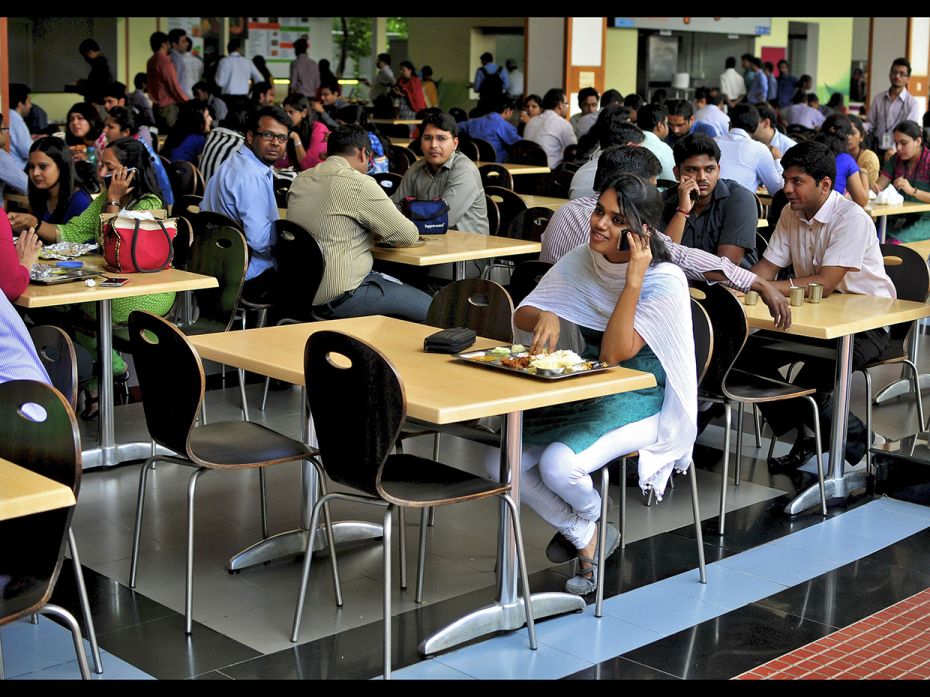
Image by : Abhishek Chinnappa / Reuters (Image for illustrative purposes only)
2/9
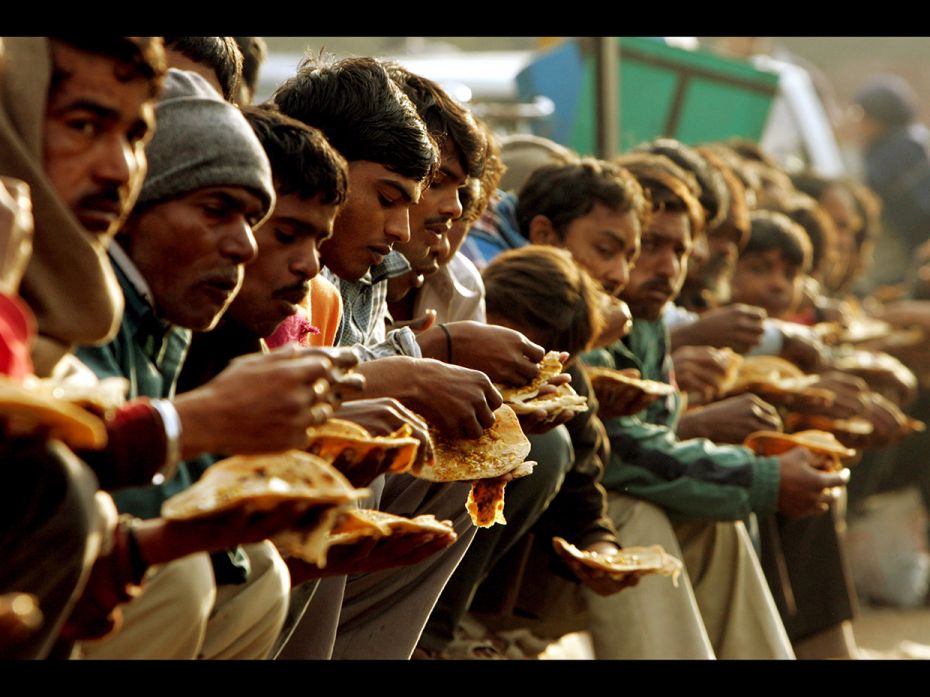
Image by : Kamal Kishore / Reuters (Image for illustrative purposes only)
3/9
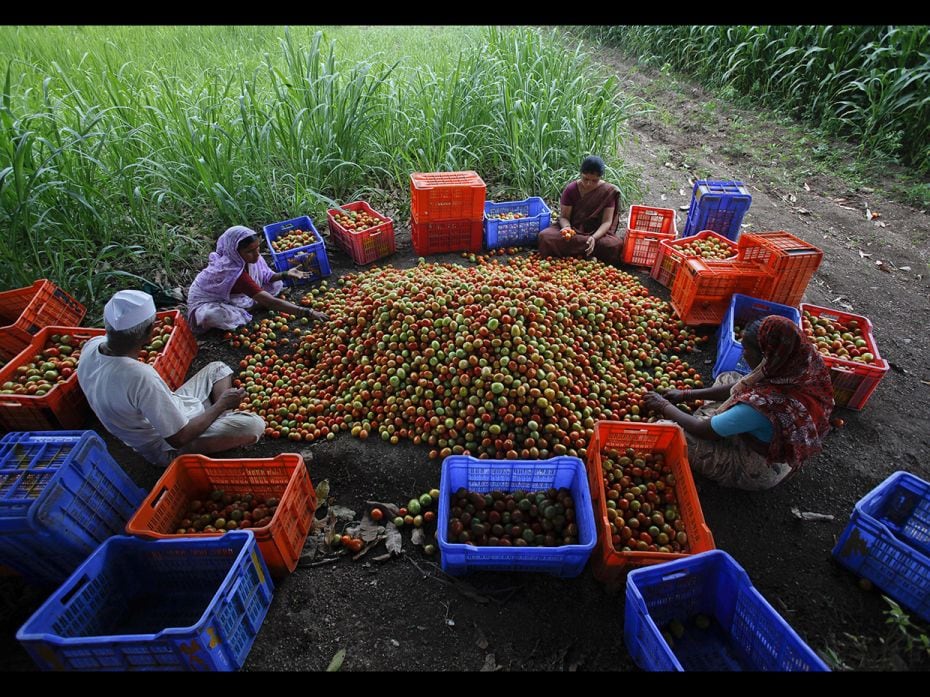
Image by : Vivek Prakash / Reuters (Image for illustrative purposes only)
4/9
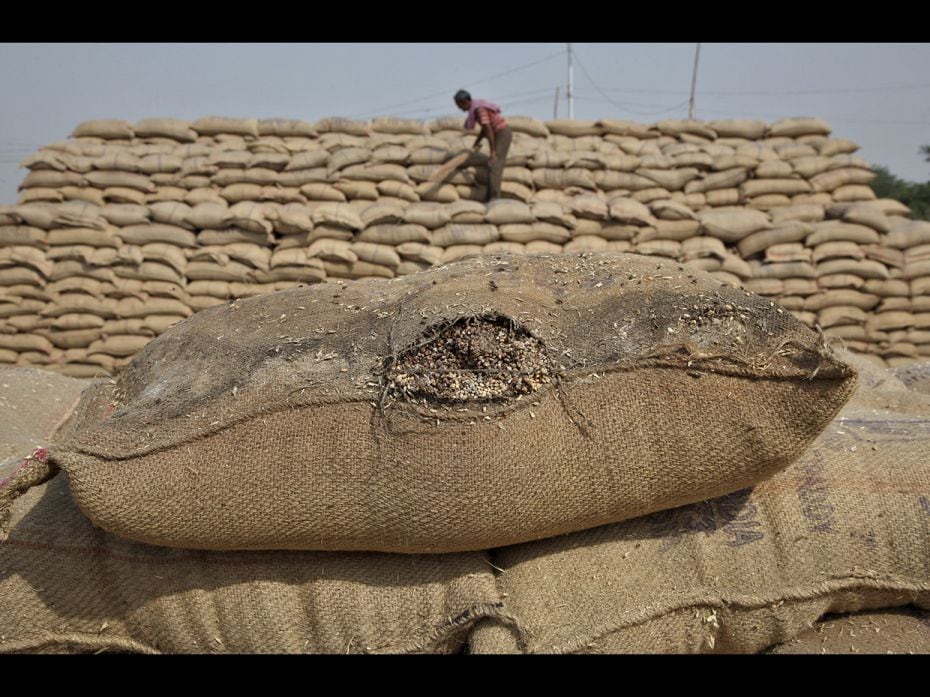
Image by : Ajay Verma / Reuters (Image for illustrative purposes only)
5/9
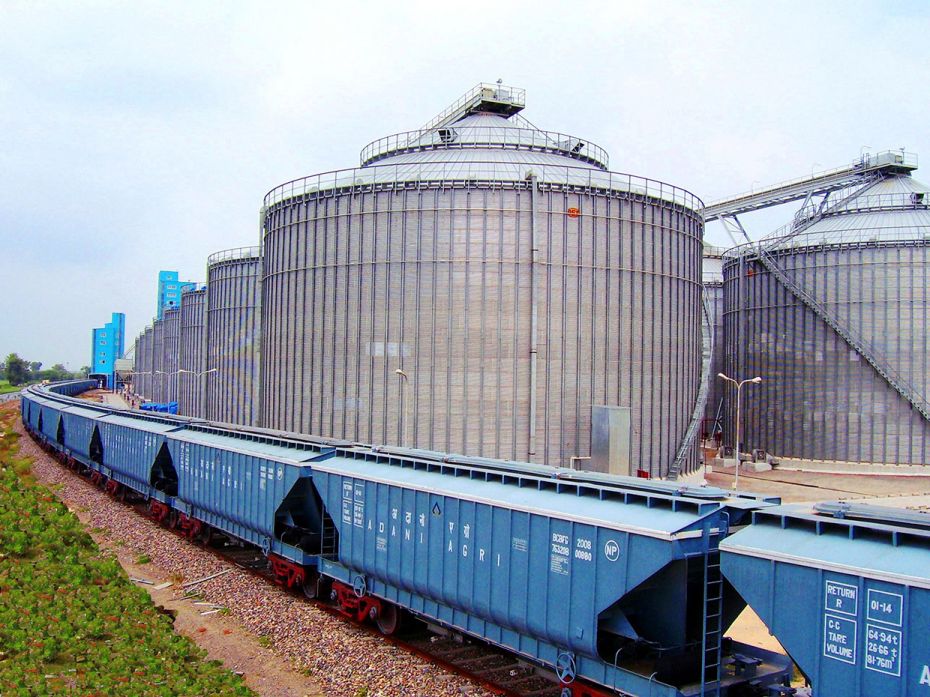
Image by : Courtesy Adani
6/9
(Image: Adani's modern storage facility in Haryana)
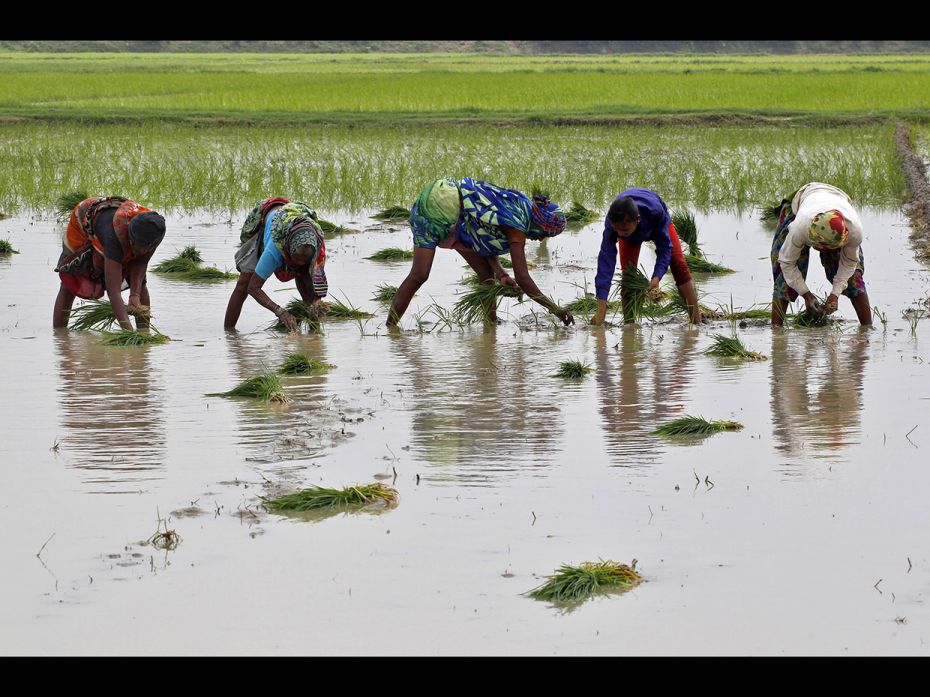
Image by : Jitendra Prakash / Reuters (Image for illustrative purposes only)
7/9

Image by : NASA / Reuters (Image for illustrative purposes only)
8/9
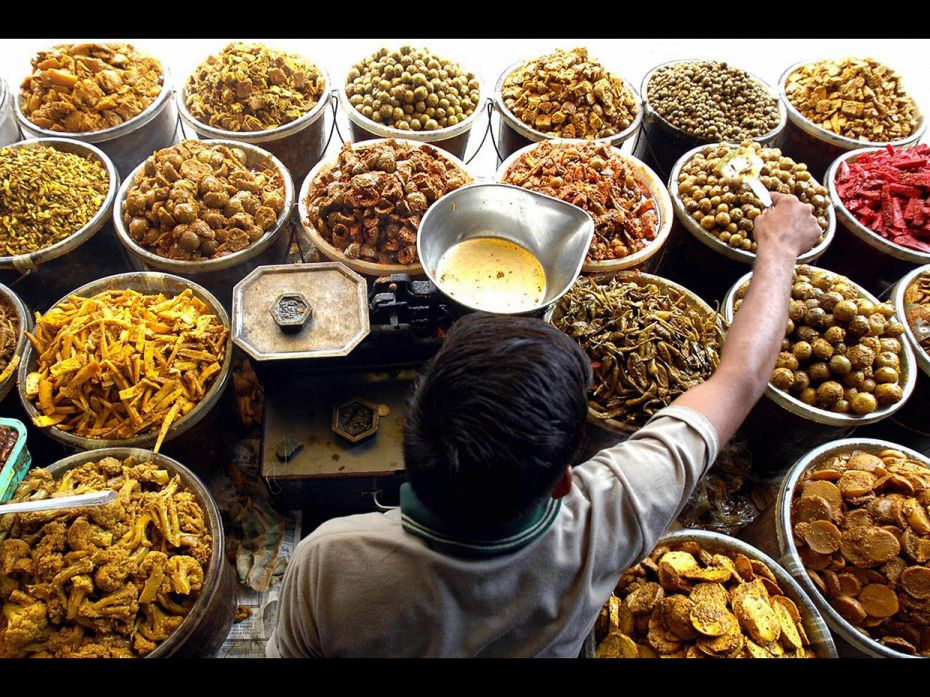
Image by : Narinder Nanu / AFP/Getty Images (Image for illustrative purposes only)
9/9
More Photo Gallery
X





